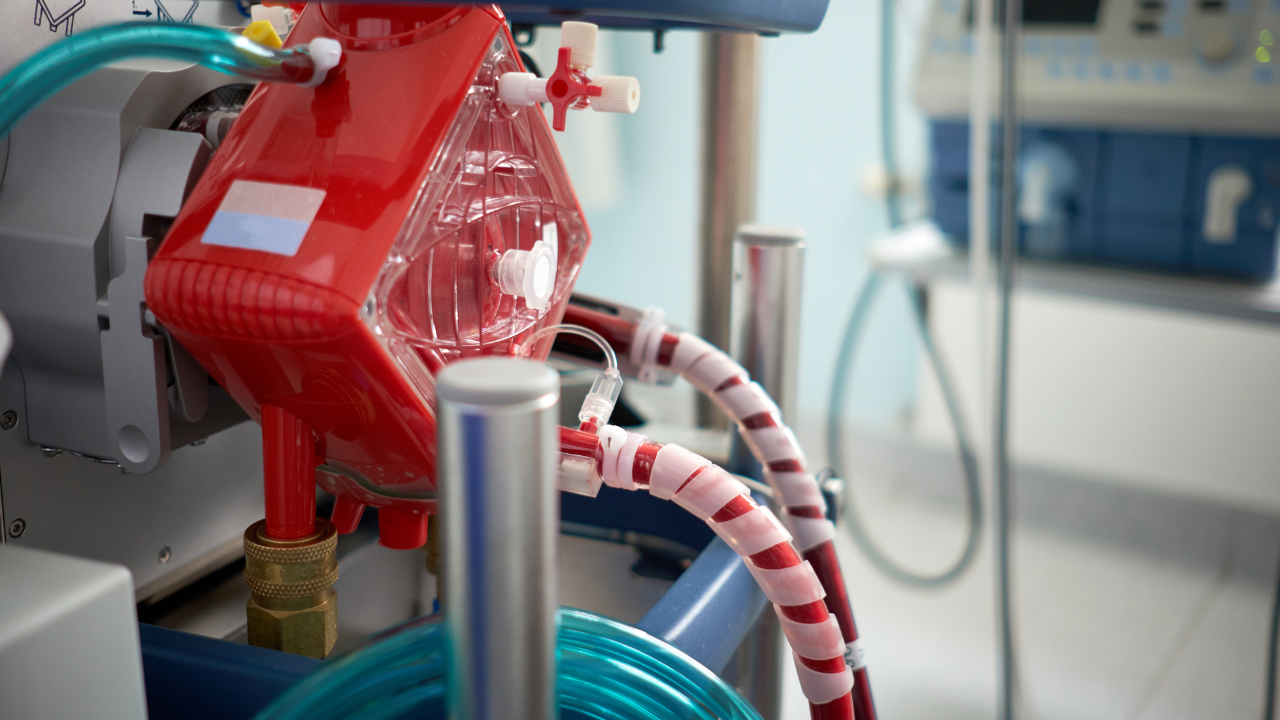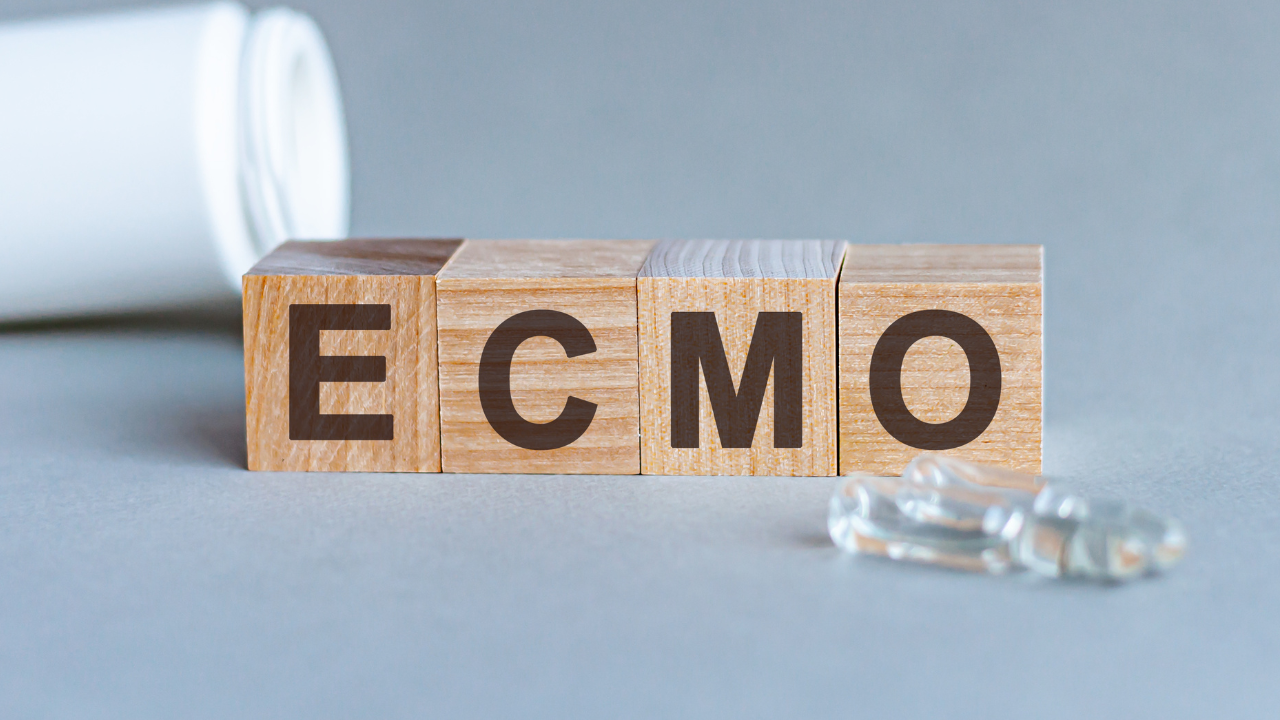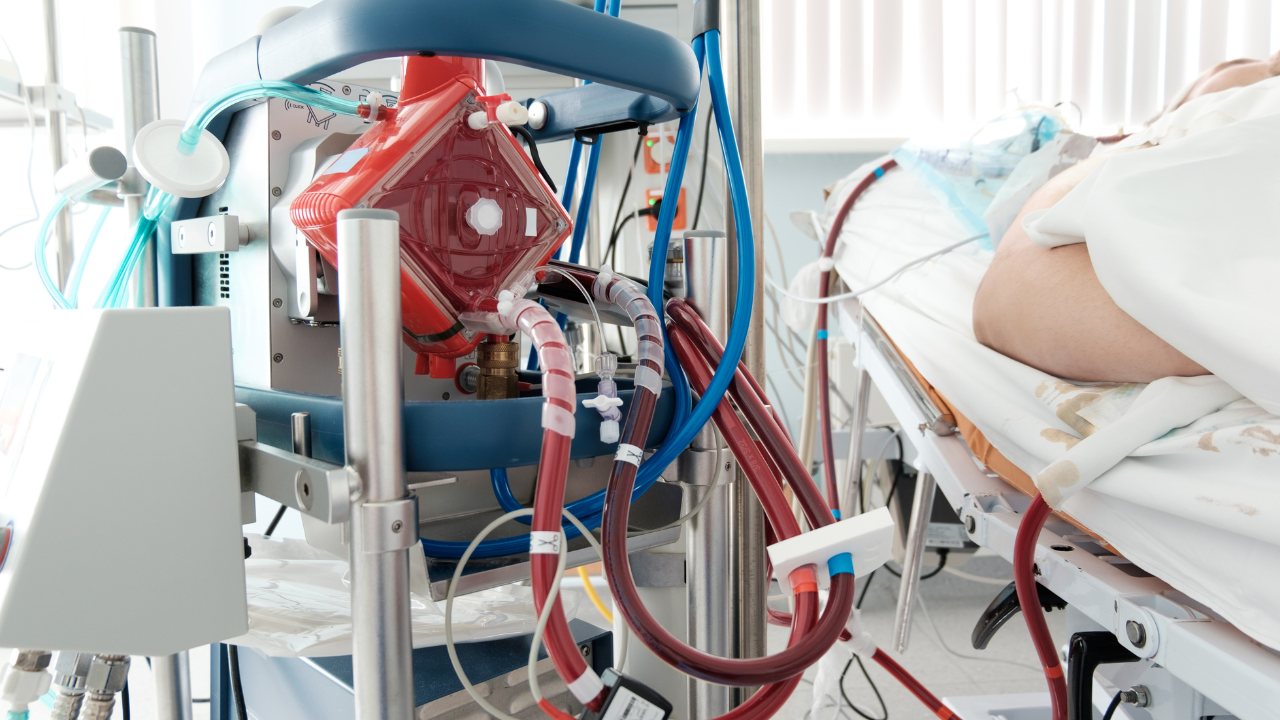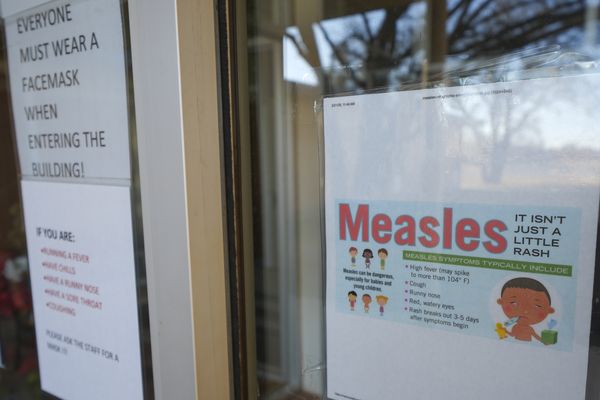
How far can a machine go to save lives? Can it save a patient whose heart is severely affected? Can it act as an artificial heart and lungs when both the organs are close to collapsing? Well, the answer is yes! It can be done through ECMO or Extracorporeal Membrane Oxygenation machine, which is like a heart-lung bypass system. With the help of ECMO, a patient’s blood is collected into the external machine through tubes placed inside large veins (close to the heart). It is then purified, oxygenated and pumped back into the body. ECMO acts as the artificial heart and lung when both or either of the organs is not functioning well or in circumstances, where the hearts and lungs need to be stopped functioning for a limited period of time.
How does ECMO work?

In ECMO, blood is pumped outside of the body to a heart-lung machine that removes carbon dioxide and sends oxygen-filled blood back to tissues in the body. Blood flows from the right side of the heart to the membrane oxygenator in the heart-lung machine, and then is rewarmed and sent back to the body. In this machine, the filter which is called an oxygen membrane or oxygenator purifies the blood and supplies the purified blood to the entire body. This method allows the blood to bypass the heart and lungs, allowing these organs to rest and heal.
When is ECMO required?

ECMO is commonly used in critical care set-ups where the heart and lungs are not working efficiently (for example- in patients with Acute Respiratory Distress Syndrome (ARDS) and heart ailments. ECMO is a boon to such patients. These machines are also a bridge to transplantation. Till these patients receive organs from the donor, the ECMO machines will continue giving rest to the heart and lungs. Apart from that, patients with conditions such as heart attack, multi-organ failure, severe myocardial infarction, pulmonary embolism, trauma, sepsis, post-transplant complications, cardiogenic shock and ones with a bacterial and viral infection and Myocarditis (inflammation of the heart muscle also known as myocardium), where the pumping of the heart is reduced, can get advantage from ECMO.
ECMO is a complex and resource-intensive procedure that requires a highly trained medical team and specialized equipment. Due to its invasive nature and potential complications, it's usually considered a last-resort option when other treatments have failed. The duration of ECMO support can vary widely, ranging from a few days to several weeks, depending on the underlying condition and the patient's response to treatment.
By Dr Sandeep Dewan, Director and HOD, Critical Care, Fortis Memorial Research Institute, Gurugram







